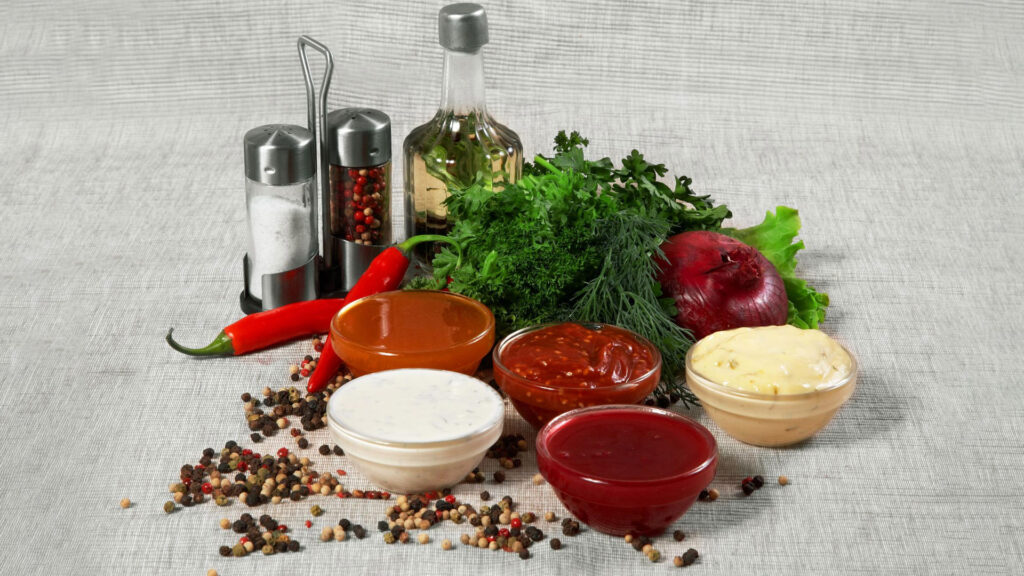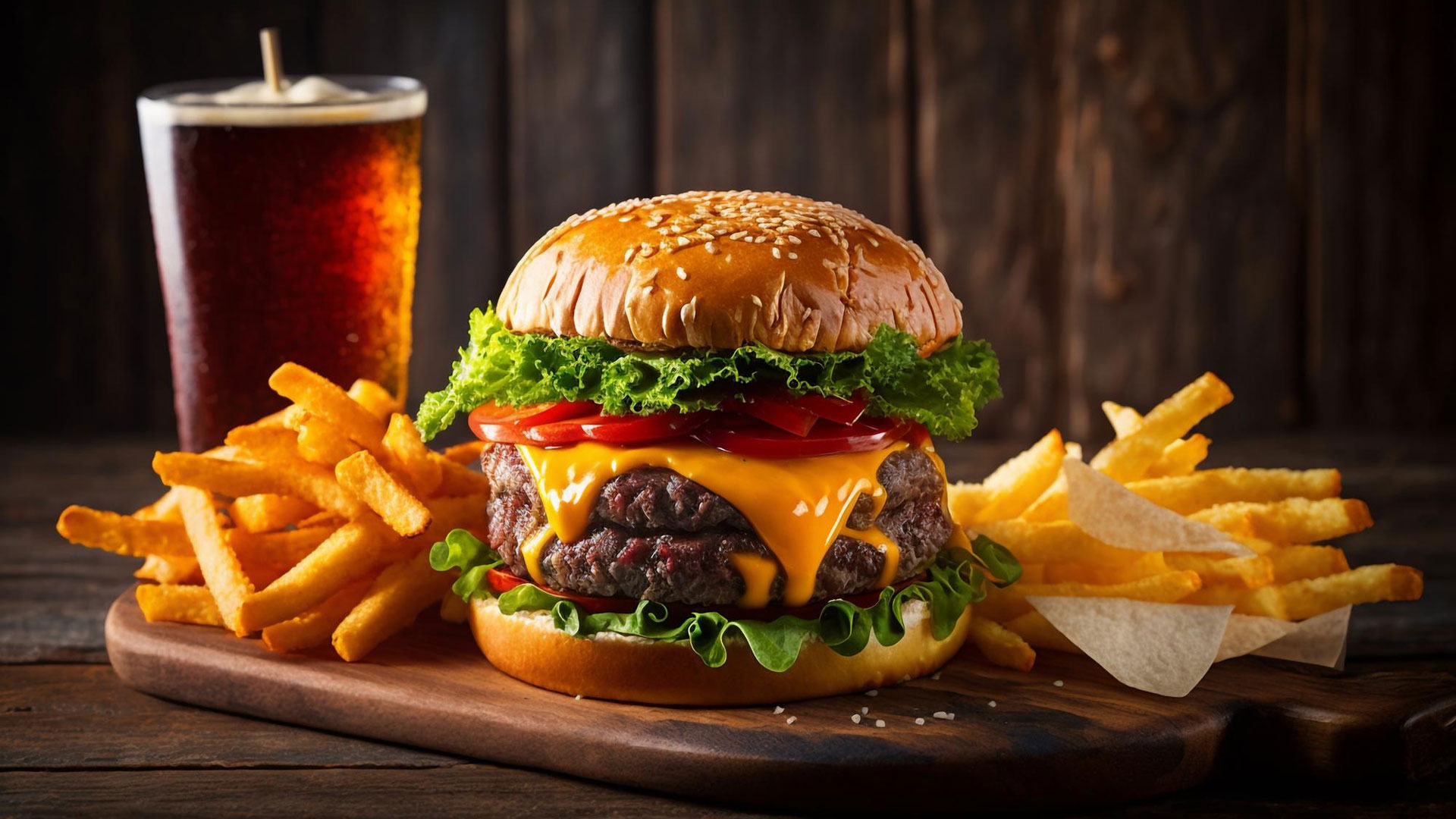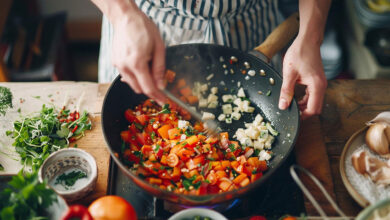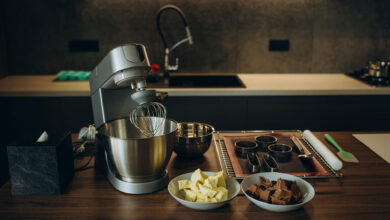Have you ever wondered why your cookies are sometimes chewy and other times they’re crispy? Or why do we put salt in water when cooking pasta? It’s all because of science! Cooking is not just an art; it’s a science too. Let’s dive into the reasons behind the cooking magic that happens in the kitchen.
When we cook, we’re actually doing a bunch of experiments. For example, the temperature of the oven can change how your cookies turn out. A hotter oven makes cookies crispy, while a cooler one keeps them chewy. And that little sprinkle of salt in pasta water? It’s not just for flavor. Salt raises the water’s boiling point, so pasta cooks just right. It’s all part of the science behind cooking: why certain techniques work and others don’t. Ingredients react in special ways to heat, cold, and even each other! So, the next time you’re in the kitchen whipping up your favorite dish, remember you’re also a scientist, making sure all the ingredients come together in the most delicious way possible.
Heat: The Secret Ingredient
Think of heat as the invisible chef in your kitchen. When you turn on your stove or oven, you’re inviting this chef to transform your ingredients. Heat can be gentle or intense, and just like a superhero, it has different powers. Let’s explore how heat works its magic on food.
Boiling is one of the most common ways to use heat. Imagine putting pasta in a pot of boiling water. The heat from the water softens the pasta, making it perfect for your favorite sauce. However, if you boil vegetables for too long, they can lose their crunch. This happens because the heat breaks down the cell walls within the veggies, causing them to become soft and sometimes too mushy to enjoy.
Baking is another heat method that’s like a warm embrace for your food. When you bake something, like a cake, the heat evenly surrounds it, causing it to rise and become fluffy. It’s a slower process compared to boiling, but it gives your treats that soft, spongy texture.
Frying, on the other hand, is all about heat meeting oil. When you fry foods like chicken, the heat from the oil quickly cooks the outside, making it crispy. Meanwhile, the inside gets cooked just right, staying juicy. Frying is a fast process, and the oil helps to create a delicious golden crust.
Each cooking method uses heat in a special way to transform your food. Remember, controlling the superhero power of heat is key to making your meal just the way you like it. Whether you’re boiling, baking, or frying, keeping an eye on the temperature and cooking time will help you get the best results. Happy cooking!
Mixing It Up: Why Method Matters
When you’re baking or cooking, how you mix your ingredients is just as important as what you’re mixing. It’s like a magic trick where the way you stir or beat your ingredients can transform your food in surprising ways. Let’s explore how this happens!
Fast Stirring: The Secret to Fluffiness
Imagine you’re making a cake and you’re beating eggs and sugar together. If you go fast and furious, you’re actually doing something pretty cool – you’re trapping air inside the mixture. This air gets all cozy and makes little bubbles that help the cake rise and become super fluffy when it bakes. It’s like giving your cake a bunch of tiny air balloons to lift it up!
Slow Mixing: When You Want It Rich and Dense
Now, if you decide to take it slow and mix gently, you’re not letting as much air join the party. This means you’ll end up with a cake that’s heavier and more compact. This isn’t a bad thing, though! Some cakes are meant to be rich and dense, like a luxurious chocolate cake that’s all about that intense, velvety texture.
Smooth Moves for Creamy Textures
When your goal is to make something smooth, like a creamy soup or a silky sauce, you’ll want to stir slowly and steadily. This gentle motion lets ingredients blend together in perfect harmony, without any lumps or bumps. It’s like creating a smooth dance floor where all the ingredients glide across seamlessly.
Chunky Charm: Embrace the Irregular
Sometimes, you want to keep things interesting with a bit of texture. In dishes like chunky salsa or a rustic stew, you mix just enough to combine the flavors but not so much that you lose the delightful chunks that give your food character. It’s like having a party where everyone’s invited, but they all get to dance to their own beat.
Understanding these mixing methods can turn you into a kitchen wizard. By choosing the right stirring speed and style, you can create cakes that soar, sauces that glide, and stews that make your taste buds sing. So next time you’re in the kitchen, remember: your mixing spoon is your wand, and you’re in charge of the magic!
Chemistry in the Kitchen
Have you ever wondered what makes your favorite dishes so delicious? It’s not just the ingredients, but the chemical reactions that occur during cooking. For instance, when you heat sugar on the stove, it transforms into a golden-brown delight known as caramel. This isn’t magic—it’s chemistry at work!
Let’s talk about bread. When you mix flour, water, and yeast, something amazing happens. The yeast, a tiny organism, starts to eat the sugars in the flour. As it eats, it releases gas. This gas gets trapped in the dough and makes it puff up, or rise. So, when you bake bread and it becomes light and fluffy, you’re actually seeing a chemical reaction in action!
Understanding these kitchen reactions can make you a better cook. Knowing why certain things happen can help you fix mistakes or even invent new recipes. For example, if you’ve ever wondered why onions make you cry, it’s because they release a gas that irritates your eyes. If you chill the onions before cutting them, they release less of this gas, so you can say goodbye to tears!
So, the next time you’re in the kitchen, remember that you’re not just cooking—you’re experimenting with science! Every time you follow a recipe, you’re actually following a scientific method that leads to a tasty result. And the best part is, you get to eat your experiments! Isn’t that the yummiest science lesson ever?
Seasoning: More Than Just Salt and Pepper

Think of seasoning like a magic spell for your food. It’s not just about making things salty or spicy. When you add a pinch of salt to your meal, something amazing happens. Salt has a special power to highlight the flavors of other foods, much like turning up the volume on your favorite song. Suddenly, you can taste every note!
But it’s not all about salt. Imagine your spice rack as a treasure chest. Inside, you have cinnamon, nutmeg, and paprika. These are more than just powders and seeds—they can transform a plain apple into a dazzling apple pie or a simple chicken into a feast. How? They add depth and complexity to your dishes, making them more interesting and enjoyable.
Using seasonings wisely is like painting. Just as an artist mixes colors to create a beautiful painting, you can mix spices to create a delicious meal. For example, herbs like rosemary and thyme can make a dish feel like a warm hug. They add a comforting aroma and a flavor that makes you feel at home.
And don’t forget about acidity. That’s right, a squeeze of lemon or a dash of vinegar might sound simple, but they can make your meal sing with brightness. It’s like adding a splash of color to a drawing; suddenly everything stands out more clearly.
Finally, remember that balance is key. Your taste buds love variety—sweet, sour, bitter, salty, and umami (that savory taste in mushrooms and cheese). When you combine different seasonings, you’re giving your food a chance to be the best it can be, just like when you find the perfect combination of stickers for your skateboard. It’s not just cool; it’s uniquely yours.
So the next time you cook, think beyond salt and pepper. Explore your spice rack and find the perfect mix to make your taste buds dance. Happy seasoning!
Playing It Safe with Food
Have you ever wondered why your parents always tell you not to eat raw cookie dough or undercooked meat? Well, it’s all about keeping you safe from germs that can make you sick. Cooking food properly is one of the best ways to make sure it’s safe to eat. Let’s dive into the details!
Why We Cook Food
Cooking isn’t just about making food taste better; it’s a safety dance with science. When we cook foods like chicken or eggs, we’re actually using heat to kill off bacteria that can cause illnesses like salmonella. These bacteria are like tiny invaders that can’t stand the heat, so they get knocked out when the temperature rises, making the food safe for us to enjoy.
Using a Food Thermometer
Just like a detective looks for clues, a food thermometer helps us find out if our food has reached a safe temperature. It’s a tool that measures how hot the inside of your food is. For example, when you’re cooking a turkey, you can’t just guess if it’s done by looking at it. A food thermometer tells you exactly when it’s cooked to perfection, ensuring that any bad germs are gone. It’s easy to use, too—just stick it in the thickest part of the meat and wait for the reading.
What Temperatures to Look For
Every food has its own “just right” temperature. For many meats, like beef, pork, and lamb, you’re aiming for at least 145°F. Ground meats should reach 160°F, and all poultry, like chicken and turkey, needs to hit 165°F. These temperatures are like secret codes that unlock safety, making sure the food is good to go. You can find these magic numbers on safe cooking temperature charts online or in cookbooks.
Remember, eating food that’s not cooked properly is like jumping into a pool without knowing if there’s water in it. Always check your food with a thermometer to enjoy your meals with peace of mind. Bon appétit and stay safe!
Experimenting: The Fun of Cooking
Cooking is a lot like a lab experiment, but way more delicious! Each ingredient is like a special part of a recipe that, when changed, can create a whole new flavor. Curiosity in the kitchen can lead to your next favorite meal. Let’s explore how swapping ingredients and changing cooking methods can spice up your cooking game.
Have you ever wondered what would happen if you substitute honey for sugar in your favorite cookie recipe? Honey isn’t just sweeter than sugar; it also adds moisture. This means your cookies might come out softer and chewier – yum! Plus, honey has its own unique taste that can add a new twist to your treats.
Cooking eggs is another great way to test the waters of kitchen experimentation. If you’ve always cooked them on high heat, try turning down the dial. Low and slow cooking gives eggs a creamy texture that’s super luxurious. It takes a bit longer, but the silky-smooth result might just make you switch your method for good.
Remember, the key to experimenting is to have fun and learn from what happens. Sometimes the results will be amazing, and other times, well, not so much. But that’s all part of the adventure! So go ahead, mix up your methods, swap your sugars, and play with your proteins. Who knows? Your kitchen could be the birthplace of the next great dish!
Cooking: A Delicious Science Adventure
So, now you know that cooking is full of science secrets. Heat, mixing, chemistry, seasoning, and safety are all important. Next time you’re in the kitchen, think about the science that’s making your food so good. Who knows? Maybe you’ll invent a new recipe that’s all your own!




